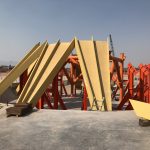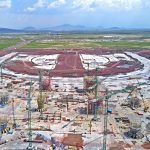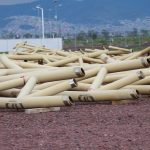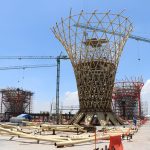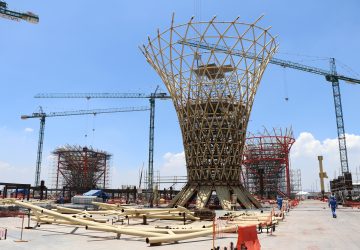
Fabrication glory: From one entire week to only one day
While Carso had the know-how and the tools for commercial and industrial projects, the sheer magnitude of the NAICM project made it look for help. Through IP Grupo, a dealer in steel processing machinery, Carso got in touch with HGG and struck a deal for the delivery of 3 pipe profiling machines. As General Manager Saul summarizes: “Without this kind of machinery it wouldn’t be possible to produce these structures in the required time and quality.”
‘Since we have this machine, production increased greatly’
The influence of HGG’s machinery trickles down to all departments. Thanks to the machines’ seemless integration with the software package Tekla Structures, designs are quickly passed on to the cutting shop. “Before, we had to take a lot of steps, even with automated machinery. What HGG does with Tekla really pleases me,” says manufacturing engineer Christian Hernández. “The human error factor is reduced and the production volumes have grown immensely.”
Industrial engineer Sofía Morales agrees: “We can take this fonil from the design stage to the cutting stage within one day. This is something that used to take us one week.”
